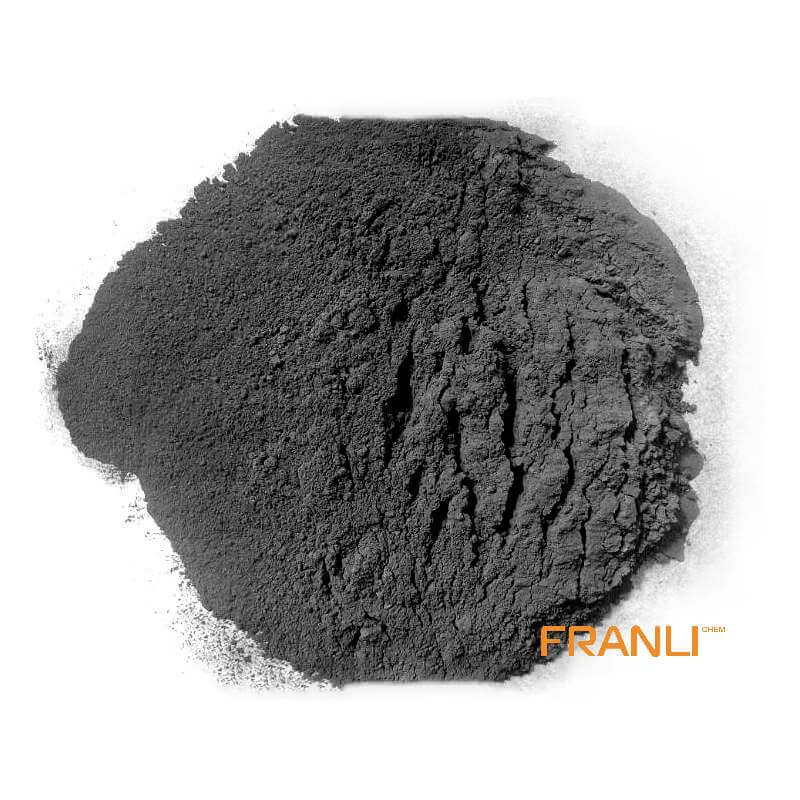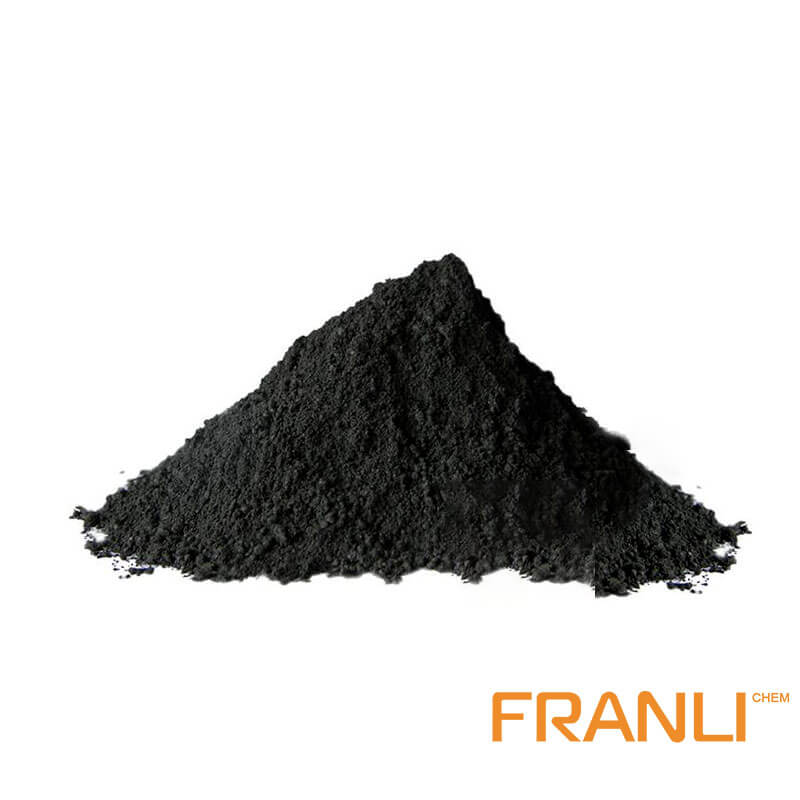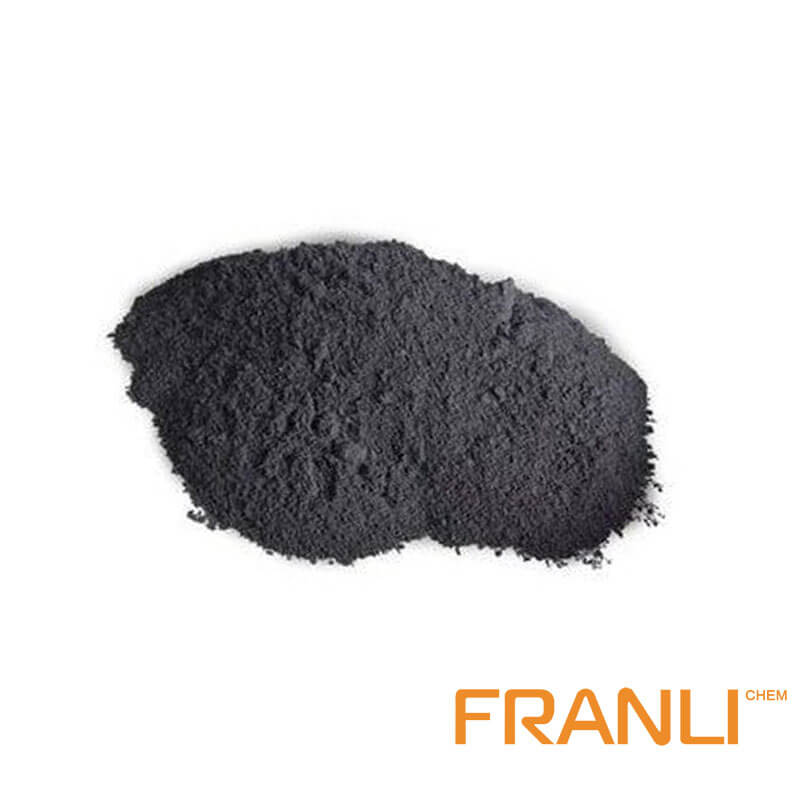


Artificial Graphite
Size
0.01mm or 0.07mm,etc
Package
25 kg small bags into ton bags or ton bags
Features
Good wear resistance, corrosion resistance, good thermal conductivity, etc.
Application
Can be used in making heat exchanger, reaction tank, absorption tower, etc.
There are many kinds of artificial graphite and different production processes. In a broad sense, all graphite materials obtained by carbonization of organic matters and treated by high temperature after being treated with graphite can be collectively referred to as artificial graphite.In the narrow sense, artificial graphite usually refers to the massive solid materials prepared by batching.
Request a quoteArtificial graphite, as the name suggests, is graphite made by artificial methods. There are many methods to manufacture artificial graphite. The common one is to use powdered high-quality calcined petroleum coke as the main raw material, add asphalt as the binder, and then add a small amount of other auxiliary materials. After various raw materials are matched, they are pressed and formed, and then treated in 2500 ~ 3000 ℃ and non oxidizing atmosphere to graphitize them.

Artificial graphite is similar to polycrystals in crystallography. There are many kinds of artificial graphite and different production processes. Broadly speaking, all graphite materials obtained by carbonization of organic compounds and treated by high temperature after being treated with graphite can be collectively referred to as artificial graphite, such as carbon (graphite) fibers, pyrolytic carbon (graphite), foam graphite, etc. In the narrow sense, artificial graphite usually refers to the massive solid materials prepared by taking carbonaceous raw materials with low impurity content (petroleum coke, asphalt coke, etc.) as aggregate and coal asphalt as binder, through batching, kneading, molding, carbonization (known as roasting in industry) and graphitization, such as graphite electrode, hot isostatic pressing graphite, etc.
Compared with other carbon materials, graphite materials have the advantages of high electronic conductivity, large lithium ion diffusion coefficient, high lithium intercalation capacity and low lithium intercalation potential. Moreover, graphite materials have a wide range of sources and low price. It is not only an earlier applied cathode material, but also a mainstream cathode material for Lithium-Ion batteries. At present, the negative electrode materials on the market are mainly natural graphite and artificial graphite. In 2018, the total permeability of natural graphite and artificial graphite was about 93%, of which artificial graphite accounted for 69%, natural graphite accounted for 24% and other graphite accounted for 7%.

As the global production center of negative electrode materials, artificial graphite has become the most important negative electrode material in China in recent years. In 2018, China’s shipment of artificial graphite reached 133000 tons, with a year-on-year increase of 33%. Benefiting from the growth of power battery output brought by the demand for new energy vehicles, artificial graphite will still maintain a high growth rate. It is expected that the market shipment will reach 400000 tons by 2023.
With the explosion of the global power battery market, the comprehensive requirements for material cost, processing performance, energy density, cycle life, fast charging rate and other factors have increased, and artificial graphite has gradually become the first choice for lithium battery cathode materials. In recent years, the global market demand for artificial graphite has increased year by year. In 2018, the global demand for artificial graphite reached 127000 tons, with a year-on-year increase of 39.6%. It is expected that the market demand will reach 425000 tons by 2025.



